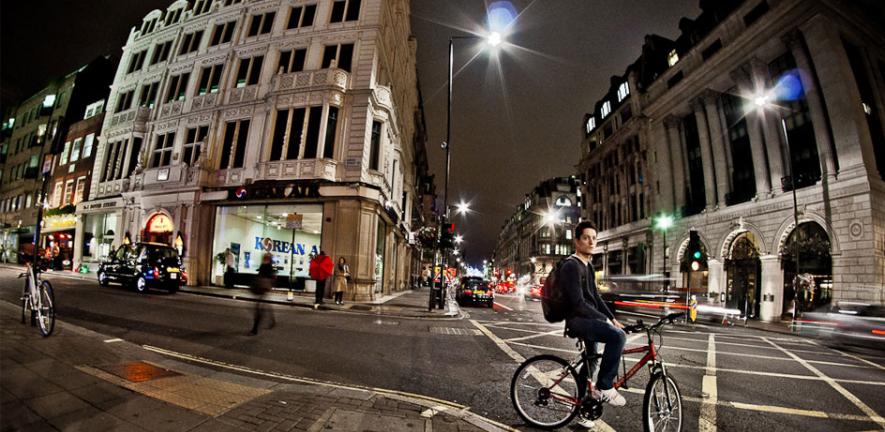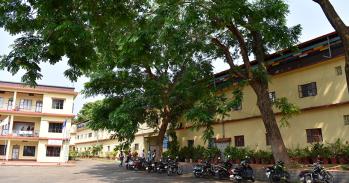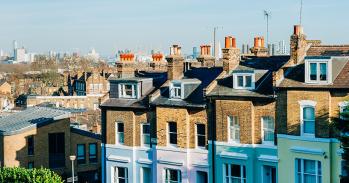
Introducing the online game for Londoners which researchers hope will one day influence the shape of the nation’s capital.
Introducing the online game for Londoners which researchers hope will one day influence the shape of the nation’s capital.
The layout of the urban space plugs directly into our sense of well-being.
Daniele Quercia
An online game which tests Londoners’ ability to recognise parts of the capital has been devised by researchers as the first step in a project to create a “memory map” of the city.
“Urbanopticon”, which can be found at https://www.urbanopticon.org/ is free to use and takes just minutes to play. Players are shown randomly-selected photographs of different London streets and asked to name the nearest tube station, or to identify the borough in which the photo was taken. They can also share their score with friends on Facebook and Twitter.
The game is also part of a serious experiment, however. Building on long-standing studies which show that we each create our own mental map of a city, the researchers will use the results to map recognisability across London. Theorists have suggested that the recognisability of the urban environment is closely linked to people’s well-being. The project will also investigate how far it is linked to social deprivation.
In the long-term, the data from Urbanopticon could be used to help town planners focus on where the urban environment needs most improvement, so that people feel more at home.
Daniele Quercia, from the University of Cambridge’s Computer Laboratory and one of four researchers who designed the project, said: “When we build communities, we try to give ourselves pointers and signs that enable us to recognise where we are. This improves our ability to find our way around and, as a result, it improves our lives.”
“The question is, where has this been done to best effect, and why? What we are trying to create through the game is a memory map using information provided by Londoners themselves. That map will then become a tool which helps us to determine where London needs to be improved for the sake of its residents.”
The images used in the game are selected at random from Google Street View. At the end, players are also asked to complete a survey which asks where they are from, where they work, and how well they know different parts of the city.
Using this information, the site essentially extracts Londoners’ mental images of the city, testing which places are remarkable and unmistakable, and which are forgettable and anonymous.
The reasoning for the project comes from the work of the eminent 20th century sociologist, Kevin Lynch, whose ground-breaking research made a significant contribution to city planning and design. Lynch showed that everyone living in an urban environment creates their own personal “mental map” of the city, based on features such as routes they use, buildings and familiar locations, and the boundaries which define the areas they frequent.
As a result, Lynch argued that the more recognisable the features of a city are, the more navigable it is. This is closely linked to well-being, as well as other crucial determinants of a city’s success, such as crime levels and economics. According to the theory, cities with more character and recognisability tend to be used more by their population, creating a stronger sense of community.
“Imagine two extremes,” Quercia explained. “In one case, you have a very navigable city, where people can find their way around easily. In the other, you have a city in which it is much harder to navigate and people get lost all the time. In the second case, people stick to what they know, movement is more restricted to certain thoroughfares and more parts of the environment feel unfamiliar and threatening. The layout of the urban space plugs directly into our sense of well-being.”
In the long term, the researchers hope to link the data they gather from Urbanopticon to indeces of deprivation based on levels of unemployment and health services. The aim of this will be to see if recognisability is linked not just to community well-being, but deprivation as well.
They also hope to track visibility over time, to see if new buildings change the recognisability of an area and, in the process, whether indices of deprivation change as well.
“The study of community well-being is really only just beginning, and very little research has been done to investigate how much of a sense of belonging people have in different neighbourhoods and why,” Quercia added. “In the long-term, if this research in London is successful, we hope to be able to apply similar techniques to build memory maps for cities all over the world."
This work is licensed under a Creative Commons Licence. If you use this content on your site please link back to this page.





